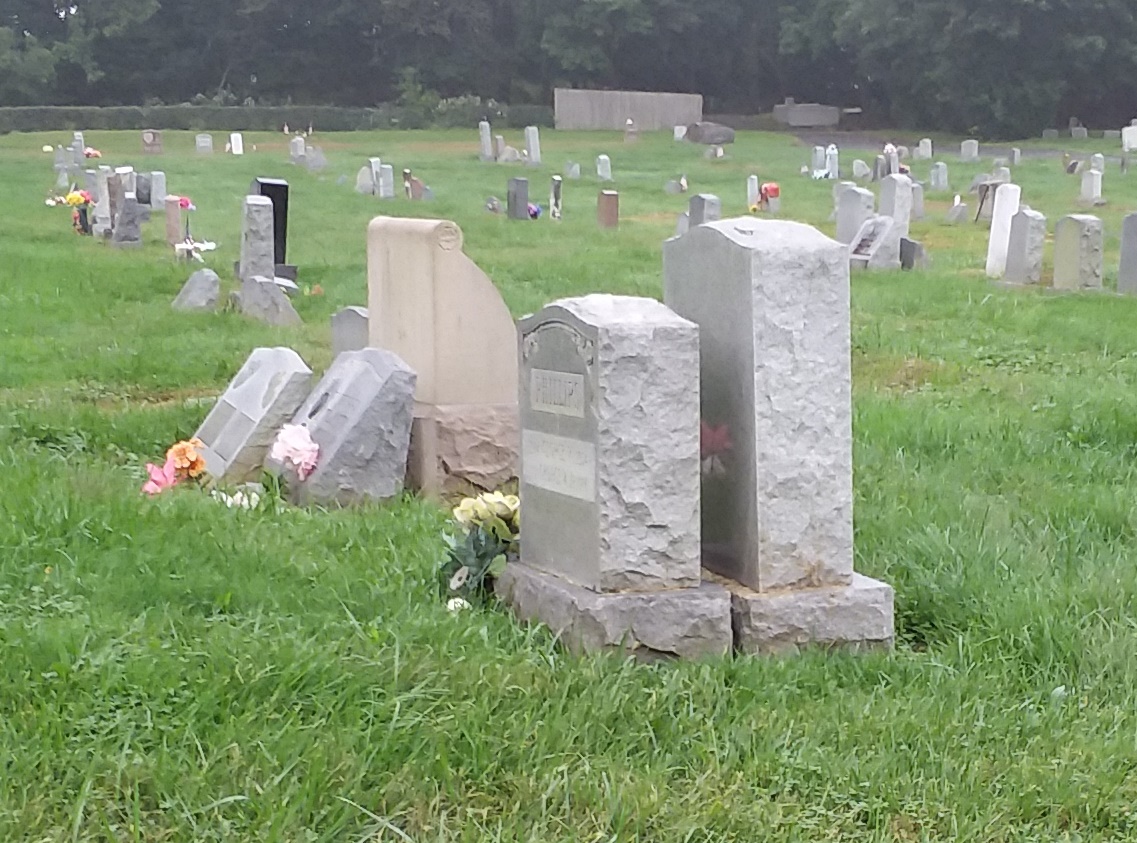By Charlotte Gleason
 Robert Frost once wrote, “I have been acquainted with the night / I have walked out in the rain – and back in rain” (lines 1-2). In the past few months, our New Life community has taken this same walk, confronted with death and loss. I think many of us have at least paused, wondering why and wondering how to navigate sorrow.
Robert Frost once wrote, “I have been acquainted with the night / I have walked out in the rain – and back in rain” (lines 1-2). In the past few months, our New Life community has taken this same walk, confronted with death and loss. I think many of us have at least paused, wondering why and wondering how to navigate sorrow.
When I was in 11th grade, my high school English teacher, Mr. Cashman, asked us to write our own eulogies. I promise he was an excellent teacher, morbid essay writing and all. I chose to recount some “Charlotte folklore.” You know this type of folklore: parents pass on the stories of “when you were little” like Homer retelling the Odyssey.
My tale took place in the perfect setting for a eulogy: the graveyard that sat beside my childhood church. As a child, I was always drawn to the etched stones with their American flags and gaudy arrangements. One morning after the service, I toddled my way to the cemetery while my pastor father greeted people at the door. I imagine I grew restless watching the hand-shaking and sermon praising.
When my parents realized I was missing, they began their search inside, eventually working their way outside to the cemetery. They found me standing in the middle of the grey stones with a bunch of artificial flowers in my hands. After finding the largest arrangements, I would break apart the flowers and lay them on any flowerless tombs. I imagine the little girl in her Sunday dress contrasted with the atmosphere; I stood at the beginning of my life in the midst of lives that had ended. But the presence of death and sorrow that saturated the tombstones did not deter me. I entered the sad place, sensing I might spread hope in the form of nylon and plastic flowers.
I’ve been reading Kris Rocke and Joel Van Dyke’s Geography of Grace. On so many levels, this book has challenged me. I find myself wanting to simultaneously argue with the authors and shake their hands. In their discussion of the “theology of the cross,” they remind us that we “are wounded people who are scared to death of death” (196). But they rightly claim, “A gospel that does not allow for heartbreak, lament, or crying to God from a place of pain is in reality no gospel at all” (194).
I am wondering how I might be walking with death, or at least the idea of it, in my day to day life. Am I afraid of it, or am I willing to walk beside sorrow and lament, offering hope in Him who walked straight into the arms of death? We have all been “acquainted” with death, but perhaps we are called to do more than avoid it. In fact, Jesus asks us to “take up [our] cross” (Matt. 16:24), keeping this symbol of death close to us. He knew living required dying.
